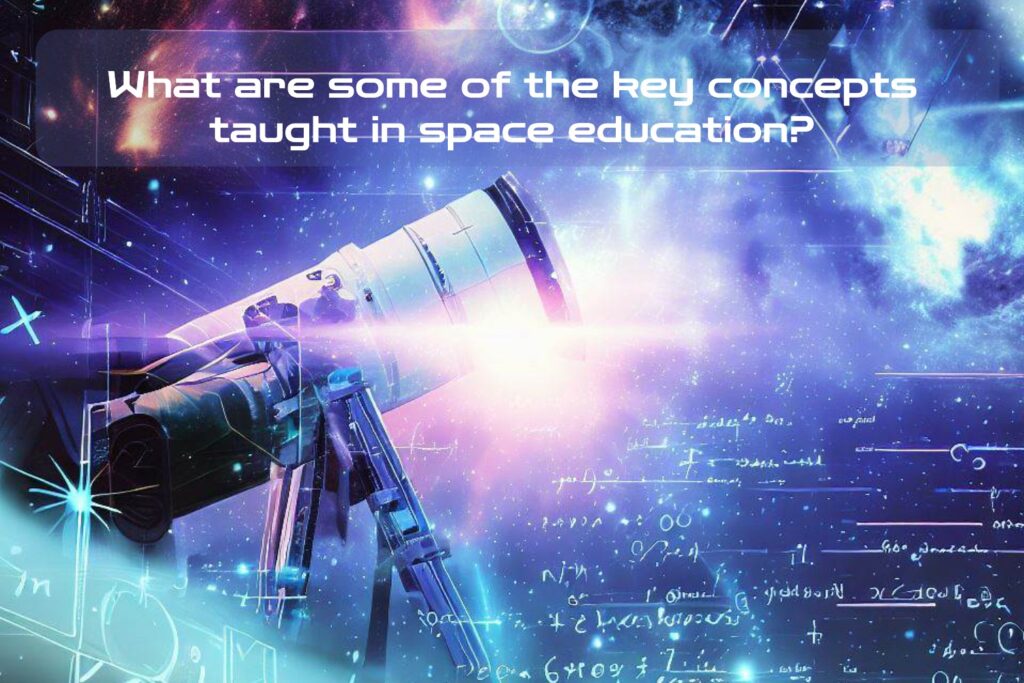Space education is a fascinating field that has captured the imagination of scientists and enthusiasts alike for centuries. It involves the study of everything beyond our planet Earth, including the stars, planets, moons, galaxies, and other celestial objects.
Space education provides us with a wealth of knowledge about our universe and helps us understand our place in it. One of the primary reasons space education is so important is that it helps us answer fundamental questions about our existence.
- How did the universe begin?
- What is its size and shape?
- What are the laws that govern its behavior?
These are just a few examples of questions that can be answered through space education.

Another key reason why space education matters is that it has practical applications in everyday life. For example, satellite technology has revolutionized communication systems by enabling instant global communication.
It has also facilitated advances in fields like weather forecasting, navigation systems, and remote sensing. Space education also provides critical insights into climate change and environmental issues affecting our planet.
The Universe and Its Components

The universe is vast and complex, stretching billions of light-years across. It contains everything from tiny particles to massive galaxies with billions of stars each.
Understanding the universe’s components requires specialized knowledge in astronomy, astrophysics, and planetary science.
Astronomy is a branch of space science that deals with studying celestial objects such as stars, planets, asteroids, comets, and galaxies. Astronomers use telescopes to observe these objects from Earth or spacecraft orbiting around them to collect data on their properties, such as their size and composition.

Astrophysics focuses on understanding the physical behavior of celestial bodies using mathematical models to describe how they behave under different conditions, such as gravity or magnetic fields. Astrophysicists use observations from telescopes combined with theoretical models to help refine their understanding of how objects work within our universe.
Planetary science studies planets within our solar system or those beyond it. This field includes the study of the characteristics that make each planet unique, such as its geology, atmospheres, and magnetic fields. Some of these characteristics can help us understand if life exists on other planets.
From Ancient Observations to New Frontiers
Space exploration has been an ongoing endeavor for centuries and has expanded our understanding of the universe. It is also essential to furthering human progress by leading us to new discoveries and advancements in technology. The history of space exploration dates back to ancient times, when people observed celestial objects in the sky.
However, it wasn’t until the 20th century that humans started launching spacecraft into outer space. The first satellite was launched by the Soviet Union in 1957, called Sputnik 1, followed by Yuri Gagarin becoming the first human being to orbit Earth in 1961.
Today, there are a variety of missions exploring our solar system and beyond. For example, NASA’s Mars Rover mission is exploring Mars’ surface to determine if it was once habitable or if signs of current life exist.
Other missions include studying asteroids or comets up close and sending probes deep into space to collect data on our universe’s origins. Space education provides an invaluable understanding of our universe’s fundamental workings, its components, its historical development through time, and its potential for future discovery, which is crucial for advancing humankind into a new era of knowledge and exploration.
Looking Up at the Night Sky

Have you ever looked up at the night sky and wondered what lies beyond our planet? Space education aims to teach us about the universe and its components, such as galaxies, stars, planets, and moons.
These celestial objects are studied through the use of telescopes, satellites, probes, and other tools. Galaxies are collections of stars, gas, and dust held together by gravity.
There are billions of galaxies in the observable universe. The Milky Way galaxy is home to our solar system.
Stars are massive balls of gas that emit light and heat energy. They range in size from tiny red dwarfs to massive blue giants.
Planets are bodies that orbit a star and have become rounded due to their own gravity. Our solar system has four rocky planets – Mercury, Venus, Earth, Mars – and four gas giants – Jupiter, Saturn Uranus Neptune-.
Moons are natural satellites that orbit around a planet or dwarf planet. Understanding these components is crucial to understanding our universe’s origins and evolution.
Space Exploration
The history of space exploration dates back to the 20th century when countries began launching missions into space. From sending humans to the moon for the first time in 1969 to sending rovers on Mars currently operating there; space exploration has been essential to advancing our scientific knowledge. Space exploration allows us to study celestial objects up close while also expanding human knowledge beyond Earth’s limits.
It also plays a role in technological advancements that can improve life on Earth through practical applications like GPS or satellite communication. Currently there are several missions underway by various national space agencies such as NASA’s Artemis program aiming for human return to Moon with new objectives of long-duration surface presence with goal of landing humans on Mars by 2030s
Astronomy
Astronomy is the study of celestial objects such as stars, planets, asteroids, comets, and galaxies. Astronomers use telescopes to observe these objects and collect data that can be analyzed to understand their properties and behaviors.
Telescopes come in different types, such as optical, radio, or infrared. The Hubble Space Telescope is a famous example of an optical telescope that has been orbiting Earth since 1990 and sending stunning images of our universe.
Astronomy has allowed us to learn about the composition of celestial objects such as stars or planets. For example, we know that the Sun is a star composed mostly of hydrogen and helium gases.
We also know that Jupiter is a gas giant composed mostly of hydrogen and helium, with its atmosphere containing clouds made up of ammonium hydrosulfide. Through studying these celestial objects using telescopes or other instruments astronomers continue to expand our knowledge about the universe we live in.
Astrophysics
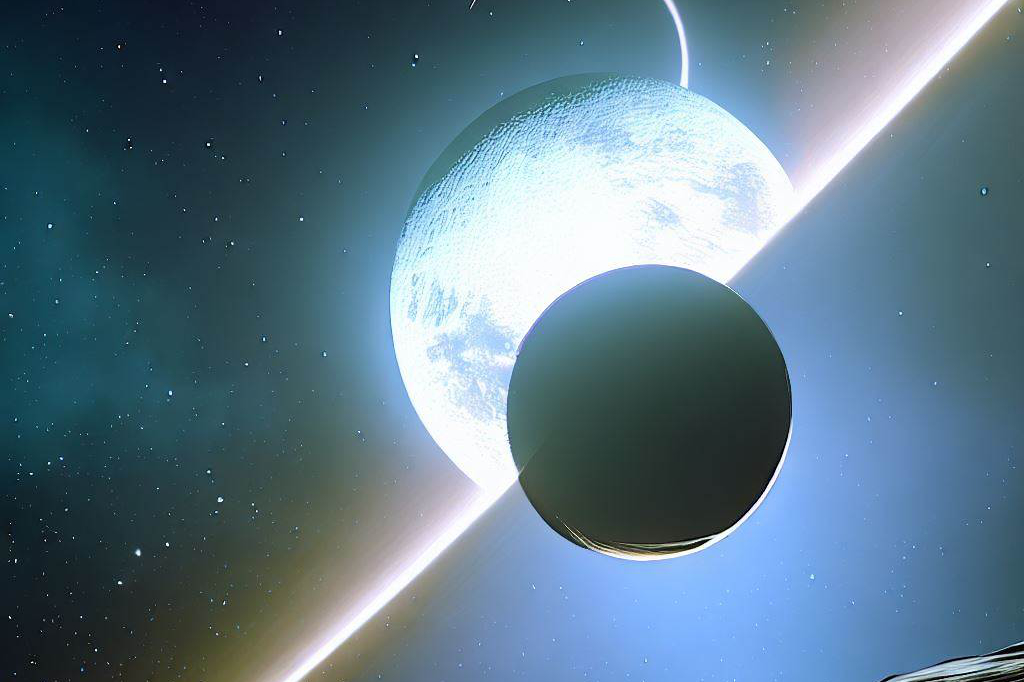
Astrophysics is the study of the physical properties and behavior of celestial objects using principles from physics. This field uses mathematical models to explain how these objects work on a fundamental level.
By applying physical laws like Newton’s laws or Einstein’s theory of relativity; astrophysicists can understand phenomena observed by astronomers like black holes or supernovas. The study on black holes – collapsed stars with gravity so strong that nothing can escape – is one example where astrophysics has helped us understand their formation and behaviors over time.
Supernovas – explosions marking end life cycle for some stars – are another example where astrophysicists study how they occur, what triggers them etc Astrophysics plays an important role in explaining how the universe works at its most basic level through fundamental physics principles applied to celestial object observations.
Planetary Science
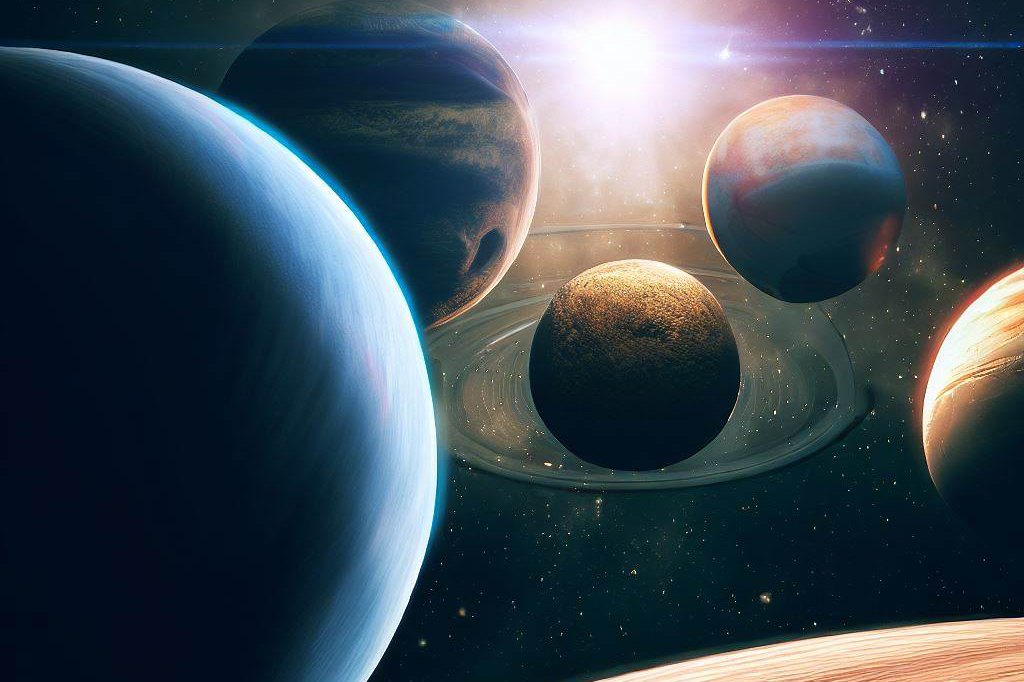
Planetary science focuses on studying planets both within our solar system and beyond it. Each planet in our solar system is unique due to its formation and location in relation to the sun.
For example, Mercury is the rocky planet closest to the sun, with temperatures reaching over 800 degrees Fahrenheit during the daytime; while Neptune is a gas giant with an atmosphere composed mostly of hydrogen and helium and winds exceeding 1000 miles per hour. Studying the planets in our solar system helps us understand how they formed and evolved over time.
Planetary science also plays a role in understanding exoplanets – planets that orbit stars other than our Sun – which can help us understand if other habitable worlds exist beyond our solar system. The exploration of Mars by rovers or landers has been one of the most important efforts in planetary science, with many missions planned for future years as well
Space Technology

Technology plays an important role in space exploration. Satellites are one example where technology is essential for communication, navigation systems like GPS etc. Other examples include life support systems used by astronauts on long-duration missions such as the International Space Station (ISS).
The development of new technologies such as reusable rockets or autonomous robotics will be critical for future space exploration efforts aiming at further destinations beyond low Earth orbit (LEO), such as the Moon or Mars. Space education teaches about several key concepts like Universe components, astronomy, or astrophysics, among others.They help us understand our universe’s origins and evolution while also expanding human knowledge beyond Earth’s limits through space exploration.
Niche Subtopics in Space Education!
Black Holes: The Mysterious Cosmic Vortex
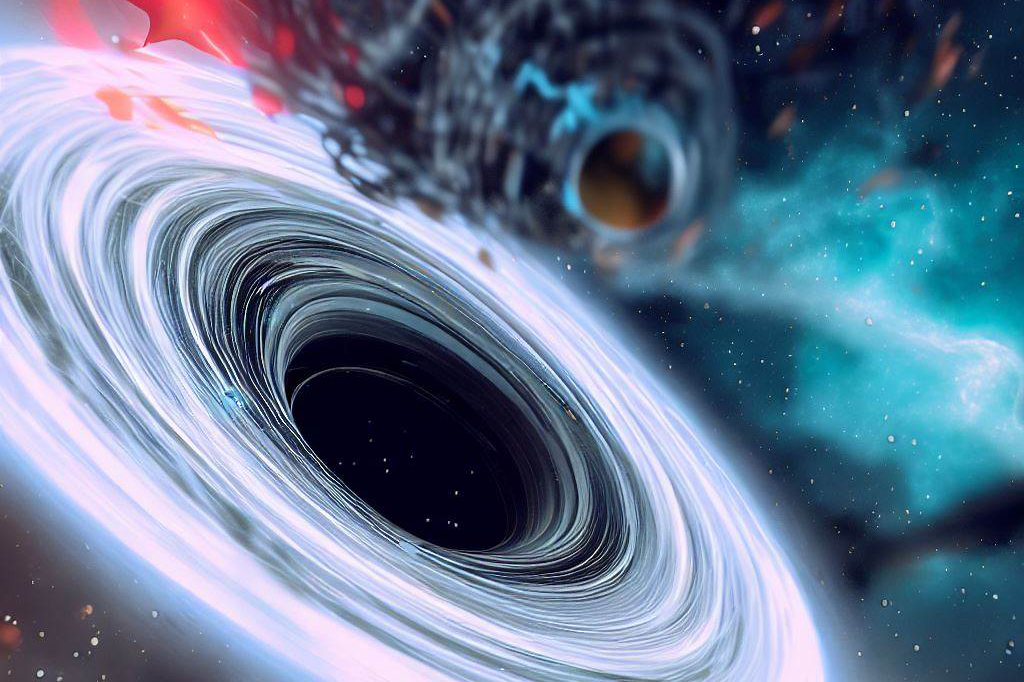
Black holes are one of the most fascinating concepts within space education. To put it simply, black holes are areas in space where gravity is so strong that nothing, not even light, can escape its pull. This makes black holes invisible to the naked eye, but they can be detected through their effects on nearby matter.
The formation of black holes is a result of a massive star collapsing in on itself due to gravity. They have been found to exist at the center of galaxies and play a crucial role in shaping the evolution and structure of galaxies.
The importance of studying black holes goes beyond just their enigmatic nature. They provide us with valuable information about how stars and galaxies form, as well as potentially teaching us new things about the laws of physics that govern our universe.
Exoplanets: The Search for Other Worlds
Exoplanets are planets that orbit stars other than our sun and have become an increasingly important topic within space education. With advances in technology, astronomers have been able to detect thousands of exoplanets since their discovery in 1995.
The definition of an exoplanet is broad, but generally it refers to any planet outside our solar system that orbits a star. These planets come in all sorts of shapes and sizes, from “hot Jupiters” (large gas planets close to their stars) to “super-Earths” (rocky planets similar in size to Earth).
The study of exoplanets has important implications for understanding how planetary systems form and evolve over time. It also raises questions about whether there might be other habitable worlds out there beyond our own solar system.
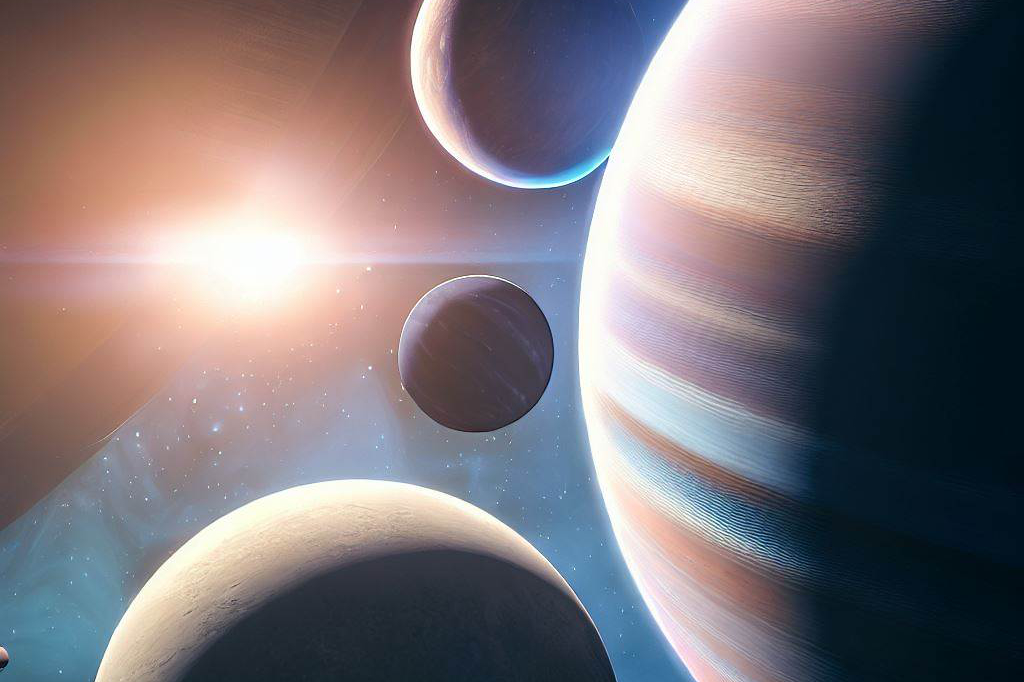
Space education provides endless opportunities for discovery and learning. From the fundamental concepts like astronomy and astrophysics to the more niche topics like black holes and exoplanets, there is something for everyone to explore. Through our study of space, we gain a deeper understanding of the universe and our place within it.
It inspires us to ask questions about who we are and how we got here. As we continue to push the boundaries of space exploration, the knowledge we gain has the potential to not only benefit our planet but also lead us on a path towards discovering new worlds beyond our own.
FAQs

1. What is space education?
– Space education is a field that focuses on studying everything beyond our planet Earth, including stars, planets, moons, galaxies, and other celestial objects. It aims to provide a comprehensive understanding of the universe and our place within it.
2. Why is space education important?
– Space education is important because it helps us answer fundamental questions about our existence. It allows us to explore the origins of the universe, understand its size and shape, and learn about the laws that govern its behavior. Space education also has practical applications in everyday life, such as revolutionizing communication systems through satellite technology and providing insights into climate change and environmental issues.
3. What are the components of the universe?
– The universe is vast and complex, consisting of various components. These include galaxies, stars, planets, and moons. Galaxies are collections of stars, gas, and dust held together by gravity. There are billions of galaxies in the observable universe, with our solar system located in the Milky Way galaxy. Stars are massive balls of gas that emit light and heat energy, ranging from tiny red dwarfs to massive blue giants. Planets are bodies that orbit a star and have become rounded due to their own gravity, and our solar system has rocky planets like Mercury, Venus, Earth, and Mars, as well as gas giants like Jupiter, Saturn, Uranus, and Neptune. Moons are natural satellites that orbit around a planet or dwarf planet.
4. What is the significance of space exploration?
– Space exploration has been a crucial endeavor that expands our understanding of the universe and leads to new discoveries and technological advancements. It allows us to study celestial objects up close and gain insights beyond Earth’s limits. From ancient observations of celestial objects to launching spacecraft into outer space in the 20th century, space exploration has played a vital role in advancing scientific knowledge. Missions like NASA’s Mars Rover mission and studies of asteroids and comets provide valuable data on the origins of our universe.
5. How does space education relate to astronomy, astrophysics, and planetary science?
– Space education encompasses various disciplines, including astronomy, astrophysics, and planetary science. Astronomy focuses on the study of celestial objects using telescopes and other tools to observe and collect data on their properties and behaviors. Astrophysics delves into the physical behavior of celestial bodies, using mathematical models to explain their workings under different conditions. It combines observations with theoretical models to refine our understanding of the universe. Planetary science explores planets within our solar system and beyond, studying their characteristics, formation, and evolution, including the potential for life on other planets.
6. What role does space technology play in exploration?
– Space technology plays a crucial role in space exploration. Satellites, for example, are essential for communication systems, navigation (such as GPS), and scientific data collection. Life support systems, used by astronauts during long-duration missions like those on the International Space Station (ISS), are another example. The development of new technologies like reusable rockets and autonomous robotics is vital for future exploration efforts beyond low Earth orbit, such as missions to the Moon and Mars.
7. What are some niche subtopics within space education?
– Two fascinating niche subtopics in space education are black holes and exoplanets. Black holes are areas in space with intense gravitational pull, where nothing, not even light, can escape. They have important implications for understanding the formation of stars and galaxies. Exoplanets are planets that orbit stars other than our Sun and have become a focus of research. Detecting and studying exoplanets provides insights into the diversity of planetary systems and the possibility of habitable worlds beyond our solar system.
8. How does space education inspire us?
– Space education inspires us to ask questions about our existence and our place in the universe.
TL;DR…

– 🚀 Space education involves studying everything beyond our planet, including stars, planets, moons, galaxies, and celestial objects.
– 🌌 It helps us answer fundamental questions about the universe’s origins, size, shape, and laws that govern its behavior.
– 🌍 Space education has practical applications in everyday life, revolutionizing communication systems, weather forecasting, navigation, and environmental insights.
– 🌟 The universe comprises galaxies, stars, planets, and moons, with billions of galaxies and diverse celestial objects.
– 🔭 Astronomy studies celestial objects using telescopes, while astrophysics focuses on understanding their physical behavior using mathematical models.
– 🪐 Planetary science explores planets within our solar system and beyond, helping us understand their characteristics and potential for life.
– 🚀 Space exploration expands our knowledge, leads to technological advancements, and allows us to study celestial objects up close.
– 🌌 Space technology, like satellites and life support systems, plays a vital role in exploration and future missions to the Moon and Mars.
– 🕳️ Black holes are mysterious areas in space with intense gravity, shaping the evolution of galaxies and providing insights into the laws of physics.
– 🪐 Exoplanets are planets orbiting stars other than our Sun, raising questions about other habitable worlds and the formation of planetary systems.
– 💡 Space education inspires us to question our existence and explore the universe’s mysteries, pushing the boundaries of knowledge and exploration.

C M, a seasoned editor, journalist, and consultant, is deeply fascinated by the convergence of technology, space, and the future of humanity.
With a particular interest in transhumanity, futurology, and the philosophical and ethical dimensions of these domains, C M serves as the lead contributor to SpaceSpotlight and TranscendSphere.
When not penning insightful articles on these rapidly evolving fields, C M indulges in their love for podcasts and books, proudly embracing their status as a ‘Happy Nerd Extraordinaire!’
